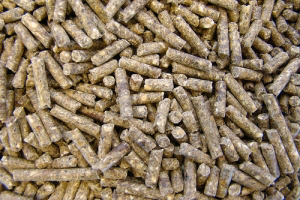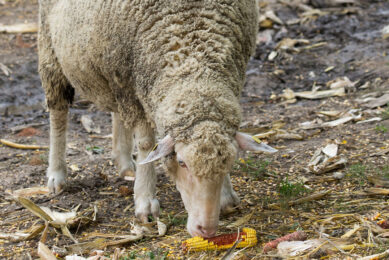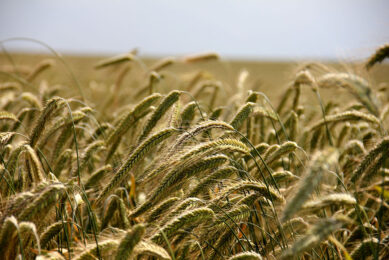Factors affecting the hardness of feed pellets

Hardness of feed pellets directly affects the production property. This article talks about several important factors affecting feed pellets hardness and quality.
The hardness of feed pellets directly affects the appearance and the production property. So controlling feed pellets hardness is a problem the feed manufactures face. The factors affecting the hardness mainly include the feed ingredients grinding process, feed ingredients mixing, water adding and steam modulating process, post curing technology etc.
The pulverization fineness of feed ingredients plays the decisive role in feed pellets hardness. Generally speaking the finer the particle size the better the starch gelatinization. Fully gelatinizing the starch can ensure the good bonding effect of feed ingredients which makes the feed pellets not broke and have good hardness.
Mixing raw materials can increase the uniformity of feed compositions with all kinds of granularity and ensure the feed pellets have basically identical hardness. Studies show that adding 1% or 2% water is beneficial to improving the stability and hardness of pellet feeds. Adding fats is generally adopted to meet the nutrition needs of animals. Adding 1% or 2% fats does not significantly reduce the pellet hardness but adding 3% or 4% fats will significantly reduce the granule hardness so the adding amount of fats should be controlled.
Steam modulating effect directly affects the inner structure of feed pellets. Steam quality and modulating time are two main factors affecting the modulating effect. High quality dry saturated steam can supply sufficient heat to increase the temperature of feed ingredients and gelatinize the starch. The longer modulating time can keep the high starch gelatinization, the compact pellet structure , the good stability and hardness of pelleted feeds.
Post curing process can make the inner structure more compact and increase the stability and hardness of pelletized feeds.
The technical parameters of pelletizing die such as the aperture and compression ratio significantly affect the hardness of feed pellets. When pelletizing by adopting the ring dies with same aperture and different compression ratio, the hardness of pellet feeds is significantly increased with the increase of compression ratio. Adjusting the position of cutter and keeping the appropriate pellet length can also ensure the identical hardness of pelletized feeds.
Considering these factors can ensure the hardness of feeds pellet. Amisy Feed Pellet Mill can supply the first-class feed pellet mill, give professional guidance and after-sale service.
Join 26,000+ subscribers
Subscribe to our newsletter to stay updated about all the need-to-know content in the feed sector, three times a week. Beheer
Beheer









 WP Admin
WP Admin  Bewerk bericht
Bewerk bericht